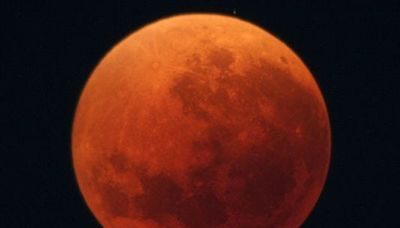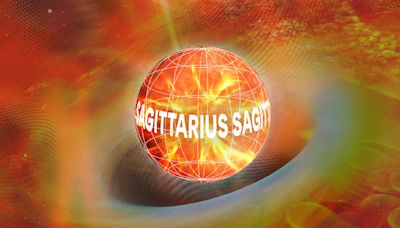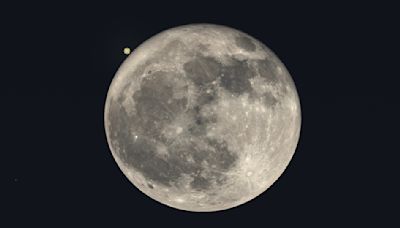Search results
… Moon Facts. The brightest and largest object in our night sky, the Moon makes Earth a more livable planet by moderating our home planet's wobble on its axis, leading to a relatively stable climate. It also causes tides, creating a rhythm that has guided humans for thousands of years. 10 things.
Jul 26, 2018 · National Geographic. 23.1M subscribers. Subscribed. 31K. 5.2M views 5 years ago. What is the moon made of, and how did it form? Learn about the moon's violent origins, how its phases shaped...
It travels around our planet once every 27.322 days in an elliptical orbit, an elongated circle. The Moon is tidally locked with Earth, which means that it spins on its axis exactly once each time it orbits our planet. Because of this, people on Earth only ever see one side of the Moon. We call this motion synchronous rotation.
Sep 7, 2023 · The Moon is Earth’s only permanent natural satellite, and it’s the fifth-largest satellite in our solar system. The Moon’s diameter is approximately 2,160 miles (3,475 kilometers), or about...
Mar 14, 2012 · 23K. 5.4M views 12 years ago. Although the moon has remained largely unchanged during human history, our understanding of it and how it has evolved over time has evolved dramatically. Thanks to...
Jan 31, 2024 · A moon is an object that orbits a planet or another celestial body that is not a star. Grades. 5 - 8. Subjects. Earth Science, Astronomy, Geology, Physics. Photograph. Full Moon. A full moon appears when the moon is on the opposite side of Earth from the sun. A lunar cycle is about 29 days, so most months have one full moon.
The brightest and largest object in our night sky, the Moon makes Earth a more livable planet by moderating our home planet's wobble on its axis, leading to a relatively stable climate. It also causes tides, creating a rhythm that has guided humans for thousands of years.








